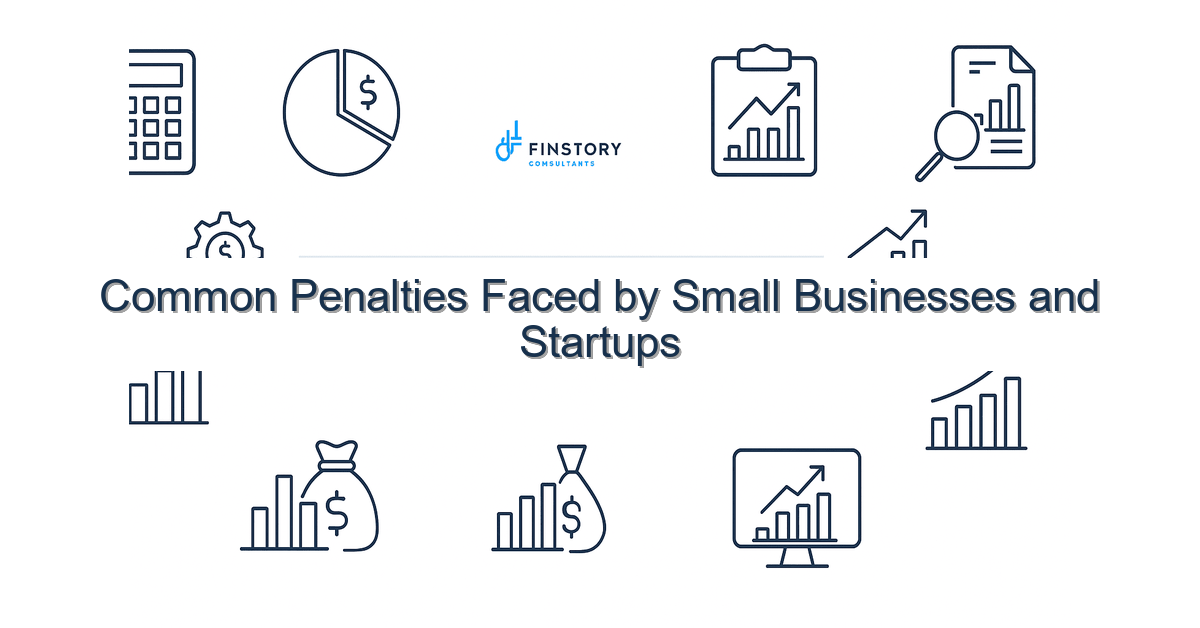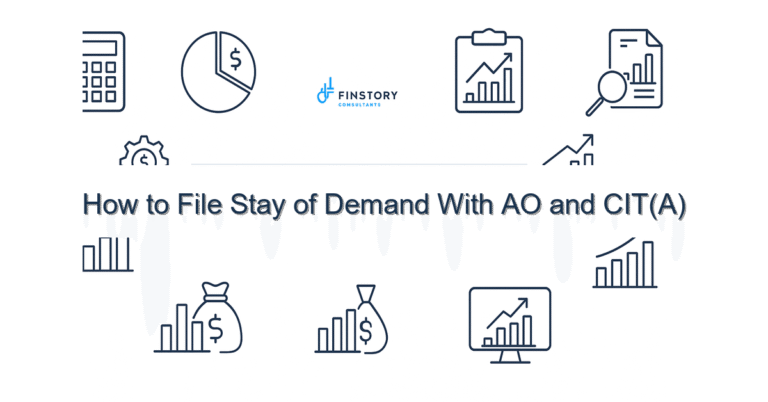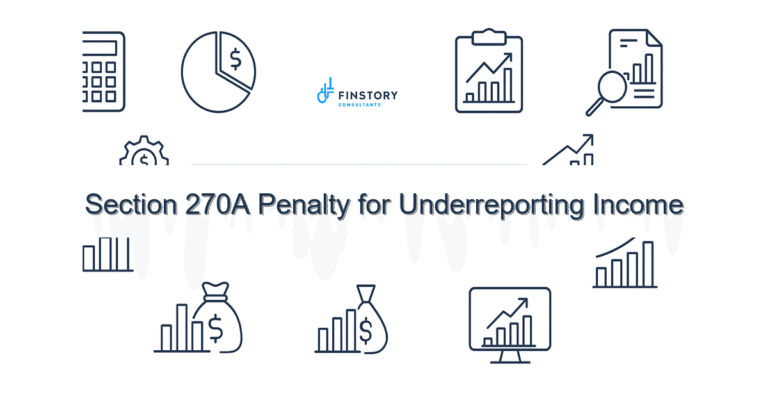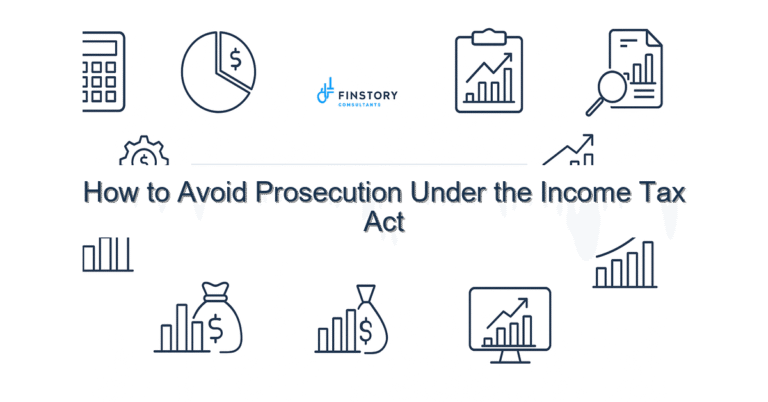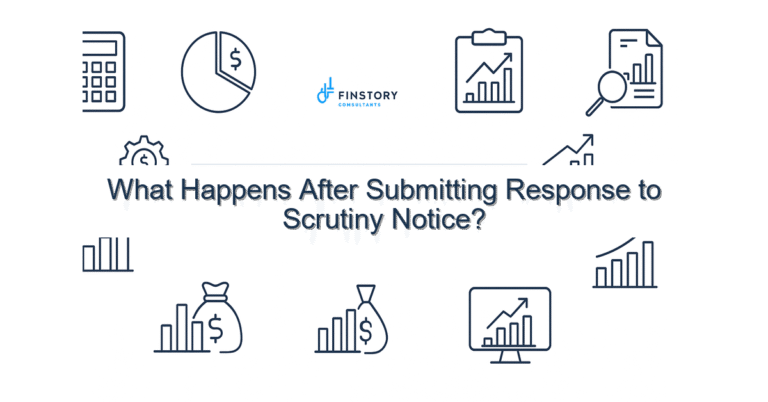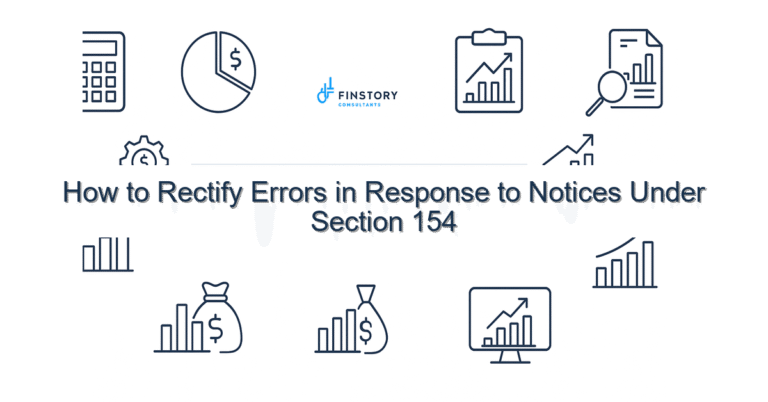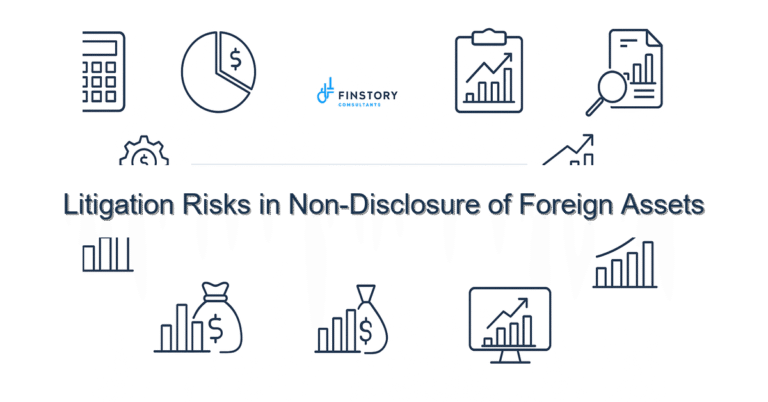Common Penalties Faced by Small Businesses and Startups
Running a small business or startup in India already means tight margins, long hours and regulatory noise. The last thing you need is an unexpected income tax notice that drains cash and time. I understand how stressful that can feel — and how a few simple steps could prevent most penalties.
Summary: Late filing, TDS/TCS mistakes, under-reporting income and missing audit or documentation obligations are the top triggers for penalties. Reconcile AIS/26AS, file before the ITR filing last date, maintain basic books, and seek timely help to avoid fines and interest.
What’s the real problem in India?
Small businesses and startups often operate with stretched accounting resources. Tax windows are tight, forms and deadlines move with CBDT notifications, and terms like AY/PY, TDS/TCS, and e-filing portal procedures are unfamiliar to many founders and new MSME owners. Add AIS/26AS mismatches and changing compliance thresholds, and the risk of penalties rises fast.
- Symptom: Receiving a tax notice for unreported TDS that you never claimed because your AIS/26AS didn’t match.
- Symptom: Missing the ITR filing last date for the AY because bank reconciliation wasn’t ready.
- Symptom: Late TDS deposit or return causing interest and penalty notices.
- Symptom: Being told you needed an audit under section 44AB but you didn’t maintain proper books.
What people get wrong
Many taxpayers assume a small mistake won’t attract attention. Others think they can “fix” everything later. Common pitfalls include:
- Ignoring AIS/26AS: Not reconciling TDS/TCS and limiting claims to what actually reflects in AIS/26AS.
- Late or wrong ITR: Filing after the ITR filing last date or filing an incorrect return without disclosure.
- Underestimating TDS/TCS obligations: Failure to deduct or deposit TDS/TCS on payments to vendors, contractors or non-resident entities.
- Skipping audit or bookkeeping: Missing limits that require audit under section 44AB and therefore inviting penalties.
- Not choosing the right tax regime: Failing to compare new vs old regime slabs, which can affect tax payable and consequently exposure if misreported.
A better approach
Preventing penalties is mostly about process and timing. Here’s a simple framework you can adopt right away.
- Reconcile monthly: Match bank statements, invoices and AIS/26AS for TDS/TCS entries.
- Track obligations: List due dates for TDS deposits/returns, GST and ITR filing last date.
- Maintain minimum books: Keep sales, purchases, payment proofs and receipts; run cash flow reconciliations.
- Choose tax regime consciously: Compare new vs old regime slabs and claim deductions like Section 80C limit where beneficial.
- Get expert eyes before filing: A quarterly review by a CA reduces surprise notices.
Real-world example: A Bengaluru startup reconciled AIS/26AS quarterly and discovered a missing TDS credit of Rs 1.2 lakh from a vendor. Resolving it before filing ITR avoided interest and a prolonged assessment — saving both cash flow and management time.
Quick implementation checklist
- Pull AIS/26AS and bank statements for the fiscal year; reconcile within 7 days.
- List all payments requiring TDS/TCS and check deposit schedules; set calendar reminders.
- Confirm whether your turnover/profession exceeds audit thresholds and, if so, book a statutory audit slot.
- Compile proof for Section 80C limit claims (PPF, ELSS, LIC, etc.) and other deductions.
- Run a simple P&L and cash reconciliation to prepare for ITR filing.
- Decide new vs old regime slabs for owners/salaried founders and simulate tax payable.
- File TDS returns and reconcile with AIS/26AS before filing ITR.
- File ITR before the ITR filing last date (or apply for an extension where applicable).
- Keep key documents accessible for at least 6 years (in case of scrutiny).
What success looks like
Measure progress with outcomes that matter to you:
- Lower incidence of notices — at least 70% fewer routine TDS-related notices in the first year.
- Faster ITR processing and refunds — average refund turnaround reduced by weeks.
- Reduced interest and penalty outgo — fewer late fees and interest charges.
- Cleaner books that help with fundraising, loans and due diligence.
- Ability to claim capital gains indexation and other benefits correctly when selling assets.
Risks & how to manage them
Risk: TDS/TCS mismatches lead to disallowances and penalties. Mitigation: Reconcile AIS/26AS quarterly and coordinate with vendors and banks.
Risk: Missed audit obligations cause penalties. Mitigation: Monitor turnover thresholds, and schedule an audit early.
Risk: Under-reporting income or misreporting deductions triggers heavy penalties under sections like 270A. Mitigation: Disclose corrections via revised returns where allowed and seek advance advice before filing.
Tools & data
Use these India-specific tools to stay on top:
- AIS/26AS: Reconcile TDS/TCS and credits reported by deductors.
- Income tax e-filing portal: File ITRs, submit responses to notices and claim refunds.
- TDS/TCS tracking tools: Spreadsheet templates or software that track due dates, challans and returns.
- Accounting software: Even a basic cloud ledger helps produce P&L and reconcile bank statements monthly.
FAQs
Q: What happens if I miss the ITR filing last date?
A: You may face a late filing fee and interest on tax due; in some cases a belated return can still be filed but exposes you to higher scrutiny. File as soon as possible and reconcile AIS/26AS before filing. See [link:ITR guide] for more.
Q: How do I correct a mismatch in AIS/26AS?
A: First contact the deductor (employer, client or bank) to correct TDS details. If they’ve filed correctly but AIS/26AS isn’t updated, wait for the next statement or follow up with the deductor for correcting TDS returns. Keep proof of communication.
Q: I’m a founder — should I pick the new or old regime?
A: Compare new vs old regime slabs using your expected income and deductions (including Section 80C limit). For many salaried founders with large deductions, the old regime still helps; for those without deductions the new regime might be simpler. Run a simulation before choosing.
Q: What are common triggers for penalties under income tax India?
A: Late ITR filing, failure to deduct/deposit TDS, under-reporting income, not maintaining/producing audit reports, and incorrect claim of deductions. Regular reconciliation and professional reviews reduce these risks.
Next steps
If you run a small business or startup, a short tax health-check can prevent most penalties. We help reconcile AIS/26AS, review TDS/TCS, estimate tax under new vs old regime slabs, and prepare you for audit thresholds.
Work with Finstory. Speak with an Expert for a personalised plan to reduce your tax outgo and stay compliant. Book a free 20-min consultation.
Need immediate help? Check our resources: [link:ITR guide] and [link:tax-saving tips].
📞 Need help with Income Tax in India?
Book a 20-min consultation with our tax team. Individuals, founders & MSMEs welcome.
Prefer email or phone? Write to info@finstory.net
or call +91 44-45811170.
